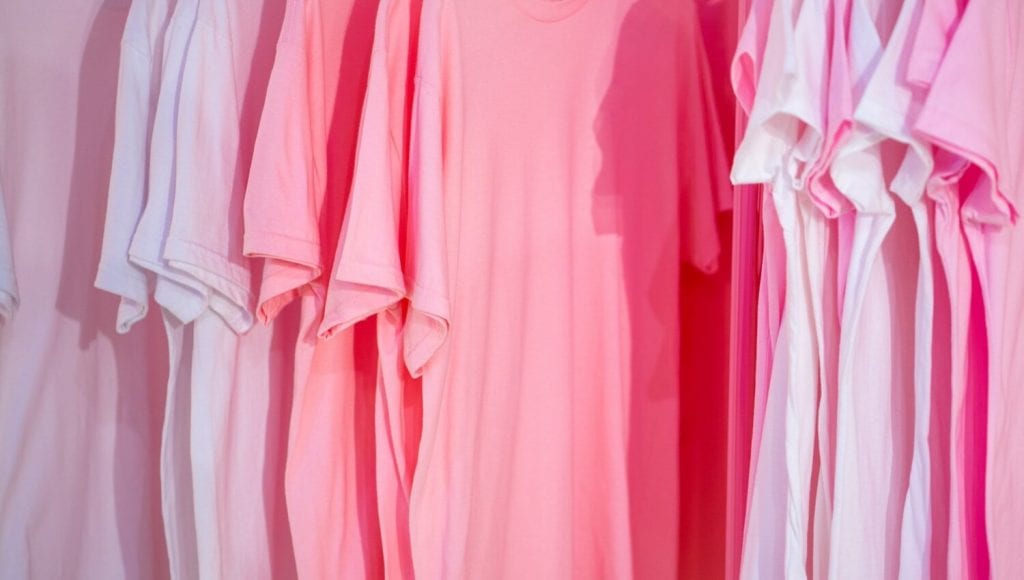What do the soft cotton t-shirt and the big-brand-name sneakers you are wearing have in common? How about the indigo-dyed cotton used to make your jeans or the textiles woven into your sweater? Or the surprisingly expensive-looking fast fashion dress you bought to wear once for a recent event? There is a good chance that many of the garments and footwear that made their way into the wardrobes of countless consumers have one ugly commonality running among them: ties to forced labor.
Indeed, according to the International Labor Organization (“ILO”), an arm of the United Nations, it has become increasingly clear the apparel manufacturing industry is heavily dependent upon individuals who are often exploited and forced to work in unsafe conditions in order to keep production costs competitive in the global marketplace. The complexity of and oftentimes, the resulting lack of transparency that comes with many brands’ global supply chains, further perpetuates this problem, one that enables brands – from classic fast fashion retailers to ones further up the fashion food chain – to benefit from rampant labor exploitation.
Forced labor and other abusive labor practices have been a recurring topic of concern for lawmakers, whether it be California legislators behind the “landmark” anti-sweatshop legislation that the state of California passed in 1999, or federal lawmakers, such as the ones that recently reauthorized the Trafficking Victims Protection Reauthorization Act. Now the U.S. Department of Labor (“DOL”) is taking on the issue, announcing that it is allocating nearly $30 million to target the growing issue of labor abuses, including the use of child and forced labor in supply chains.
The DOL revealed in a recent release that it is dedicating new grant funding to “support projects to combat abusive labor practices, including the use of child labor, forced labor and human trafficking,” with apparel manufacturing, in particular, coming under the microscope. According to the government agency, the funding will be used to “promote labor law enforcement in at least five trade partner countries.” Specific to apparel manufacturing, the DOL says it will work with the ILO “to improve compliance with labor law and promote women’s empowerment in the apparel sectors of Haiti, Jordan, Bangladesh, Cambodia and Vietnam,” which are some of the largest exporters of garments in the world.
More than that, the DOL stated that it will also work with the ILO to “increase the impact of rigorous research on forced labor” – i.e., the use of coercion to force individuals to work for little or no pay – “in the garment sectors in Argentina and Mauritius.”
Despite increased consumer calls for transparency in light of rising attention to where and in what conditions clothing is made, labor violations – from “factory owners and managers firing pregnant workers or denying maternity leave to forcing workers to do overtime work or risk losing their job,” per Human Rights Watch – continue to plague the fashion industry, especially in connection with supplier factories in South America, Africa, and Southeast Asia.
It is worth noting that the problem of labor abuse is not exclusive to international operations. As recently as December, domestic fast fashion giant Fashion Nova came under fire for allegedly utilizing a network of supplier factories in Los Angeles to design and produce the $25 denim and $35 velvet dresses that have made it a popular shopping destination for hordes of millennial and Gen-Z consumers. Behind those façade of those legitimate manufacturers are factories that flagrantly run afoul of U.S. labor laws, according to a report from the New York Times, which cited DOL investigations “conducted from 2016 through [2019].”
To be exact, the Times revealed that Fashion Nova’s clothing is “being made in dozens of factories [in Los Angeles] that owe $3.8 million in back wages to hundreds of workers,” with some allegedly paying “their sewers as little as $2.77 an hour.”
These assertions served as an ugly reminder that even factories located on U.S. soil are in need to attention when it comes to their labor practices, and they further reinforced the fact that due to the complex and far-reaching supply chains of many modern retailers – from fast fashion ones to their high fashion counterparts, many brands not know exactly where their products are being made.













